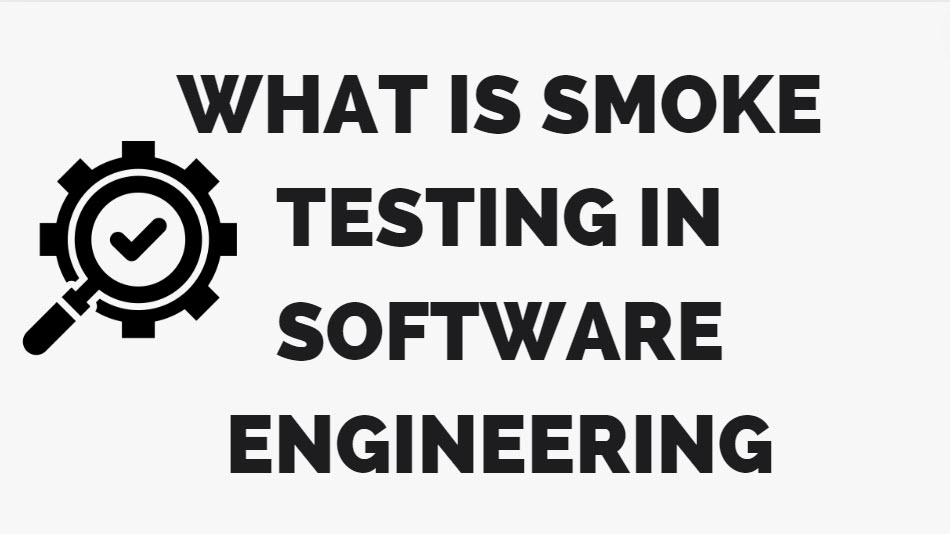Smoke testing in software engineering is designed to quickly evaluate a new software build’s basic functionality and stability.
Smoke testing’s main purpose is to determine whether the employed build is stable. It involves running a minimal list of tests on each build to verify that the software’s core functions are working as expected. This process helps development teams identify significant issues early in the development cycle, potentially saving time and resources.
By conducting smoke tests, development teams can ensure the new build is healthy and ready for more comprehensive testing phases. This approach helps maintain software quality and can significantly reduce the time and effort spent testing builds with fundamental flaws.
What is the purpose of smoke testing
The purpose of smoke testing is to:
- Quickly identify simple but severe failures in the most important functionalities of a software application.
- Ensure that the system’s integrated components can properly communicate and work together.
- Detect major issues early in the development process, allowing for prompt resolution.
- Assess basic software components in the early stages of development to check if they “catch fire” or fail critically.
- Provide a goal for developers and indicate when they have achieved a basic level of stability.
Essentially, smoke testing serves as a preliminary check to determine if a build is stable enough for further, more comprehensive testing, helping to save time and resources in the software development lifecycle.
Types of smoke testing
There are several types of smoke testing, each serving a specific purpose in the software testing process. Here are the main types of smoke testing:
- Manual Smoke Testing: This involves testers manually executing a set of predefined test cases to verify core functionalities. Manual testing allows for flexibility and human intuition in identifying issues.
- Automated Smoke Testing: This approach uses automated scripts to perform smoke tests. Automated testing can be faster and more consistent, especially for repetitive tasks.
- Hybrid Smoke Testing: Hybrid smoke testing combines elements of manual and automated testing techniques.
Features of smoke testing
- Core functionality verification: Smoke testing checks an application’s most critical and essential features to ensure they work as expected.
- Quick execution: It is designed to be a rapid process, usually completed within a short timeframe.
- Build stability assessment: Smoke testing helps determine if a software build is stable enough for further testing.
- Early issue detection: It allows testers to identify major problems early in the development cycle, saving time and resources.
- Post-deployment verification: Smoke tests are often performed after new builds or releases to ensure that key functionalities remain intact.
- Go/No-Go decision-making: The results of smoke testing often determine whether more extensive testing should proceed or if the build needs to be sent back for fixes.

My name is Madhu, and I’m a certified Test Consultant with more than 16 years of hands-on experience developing and maintaining manual and Test Automation in the Software industry. I have experience with automation tools such as Selenium, Katalon Studio, etc.
